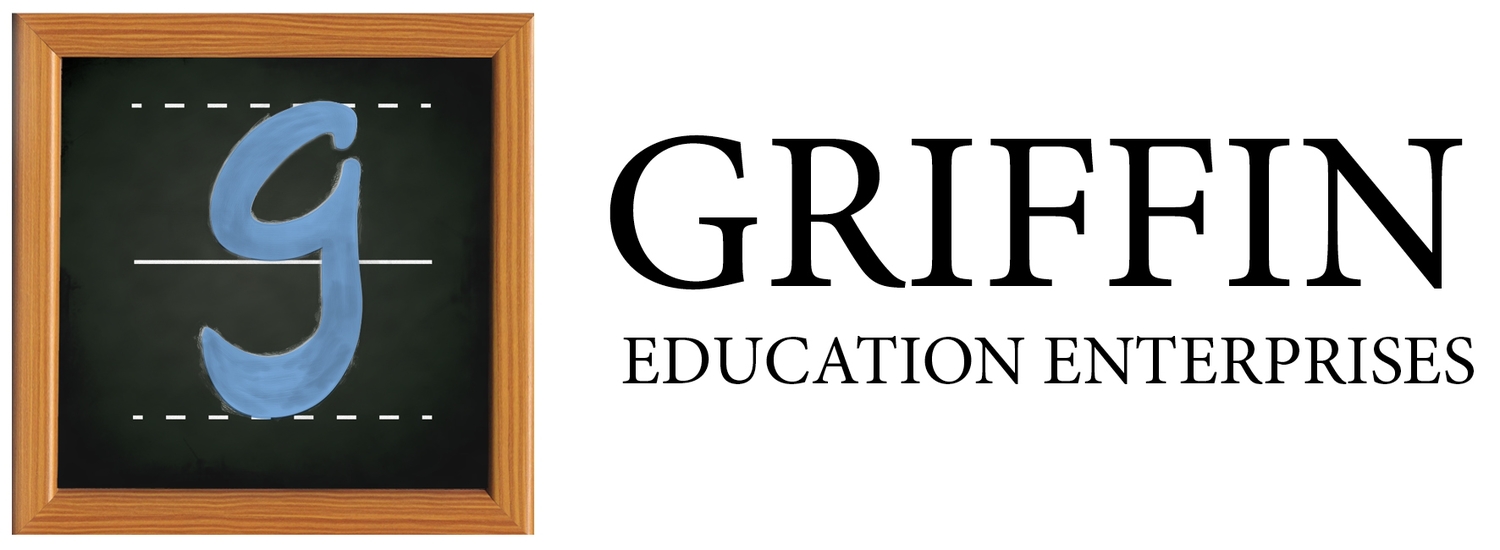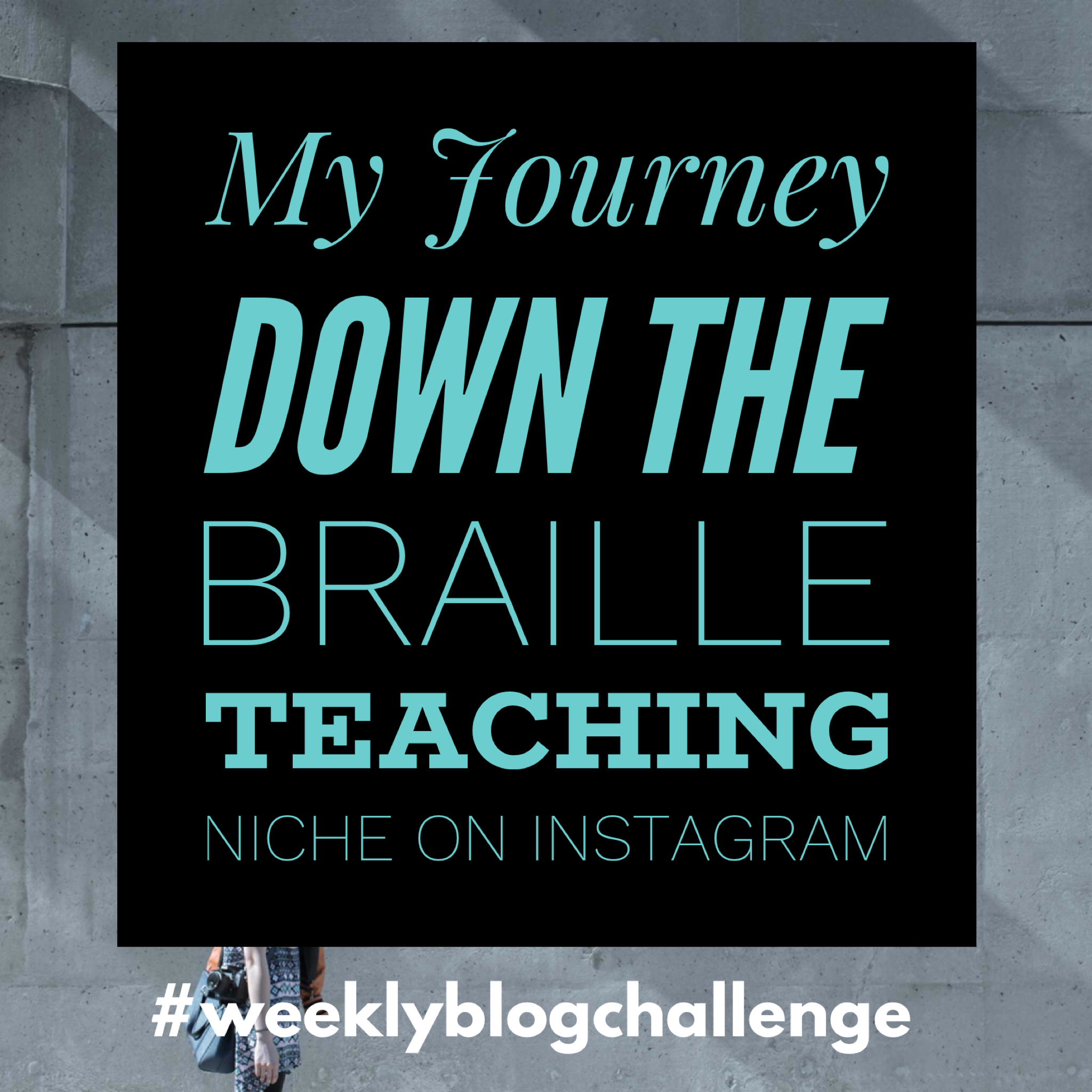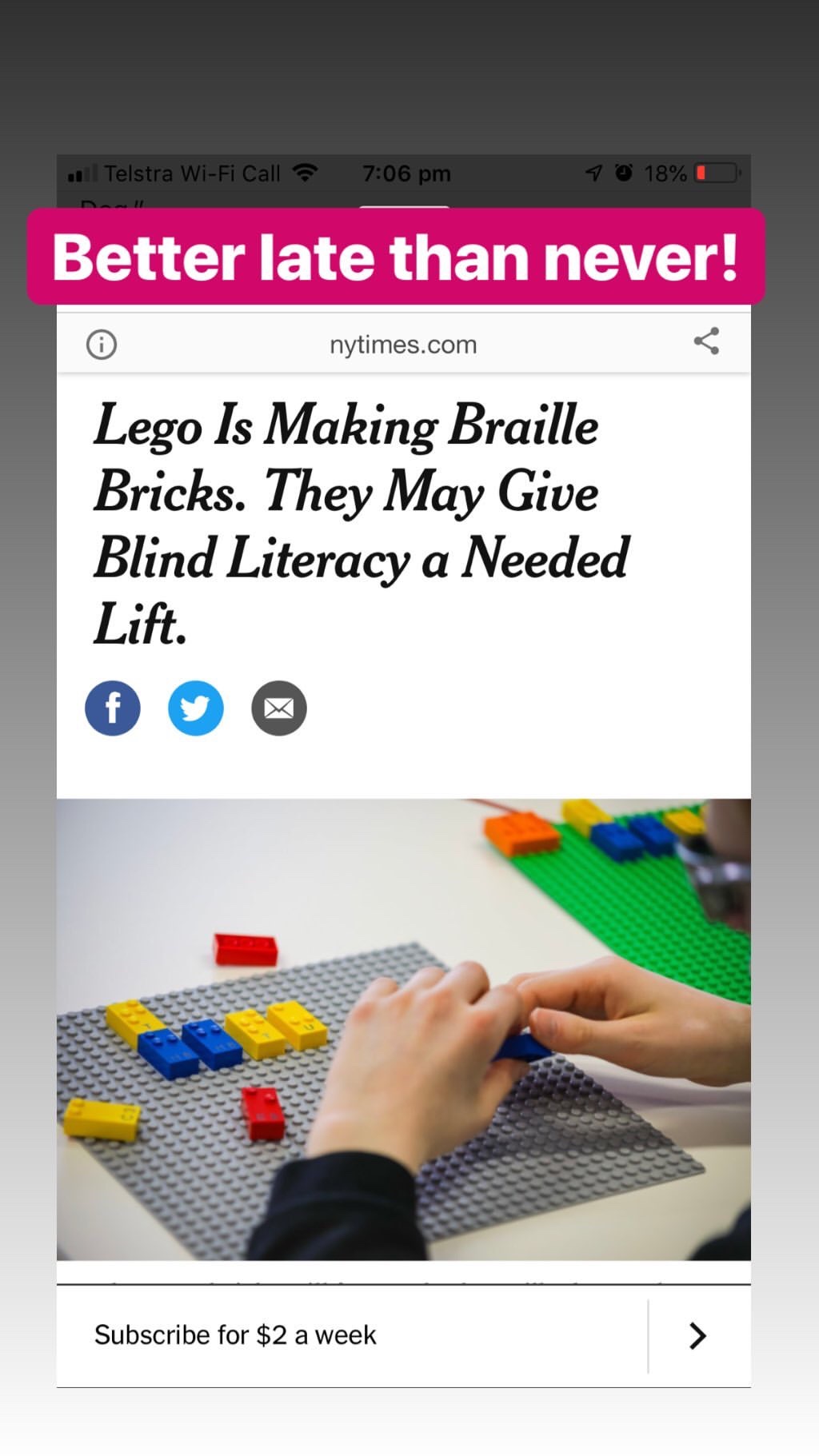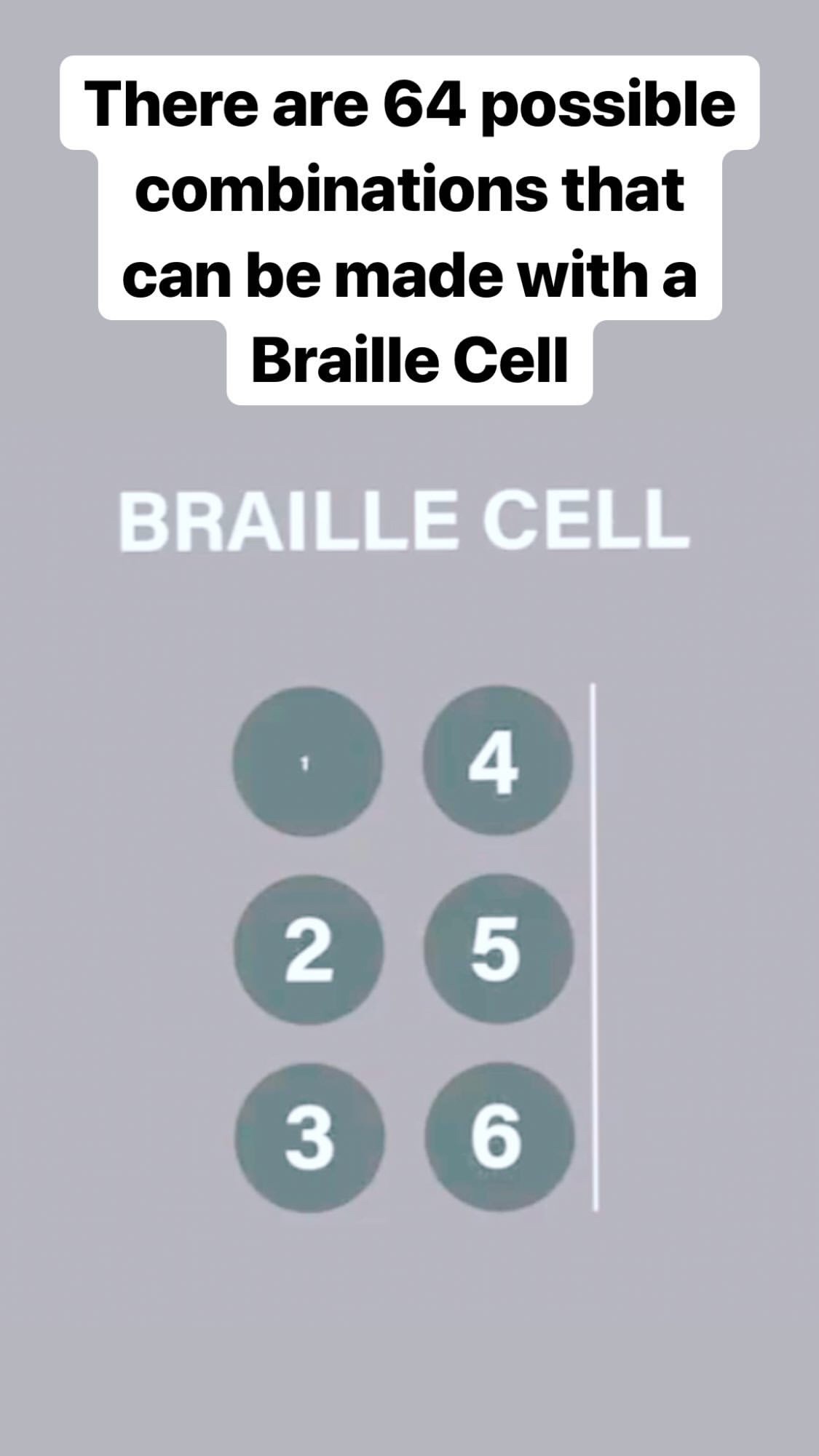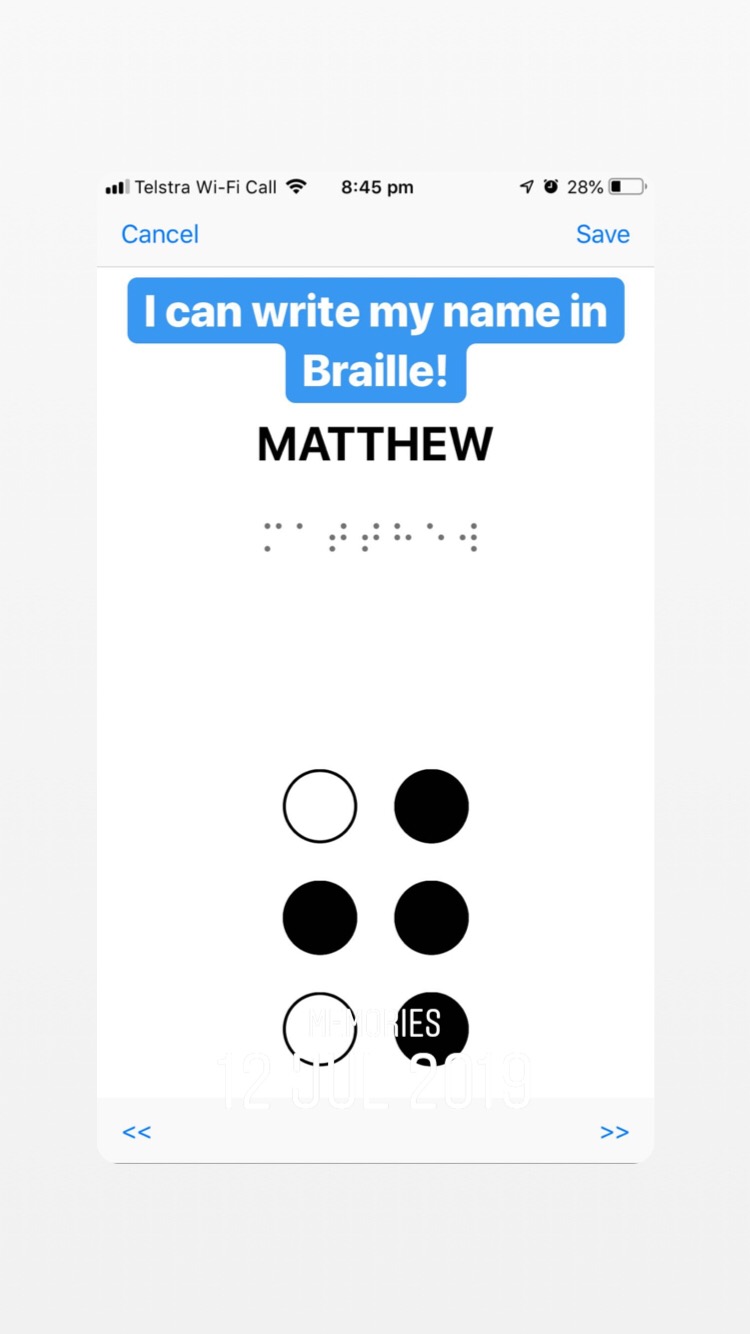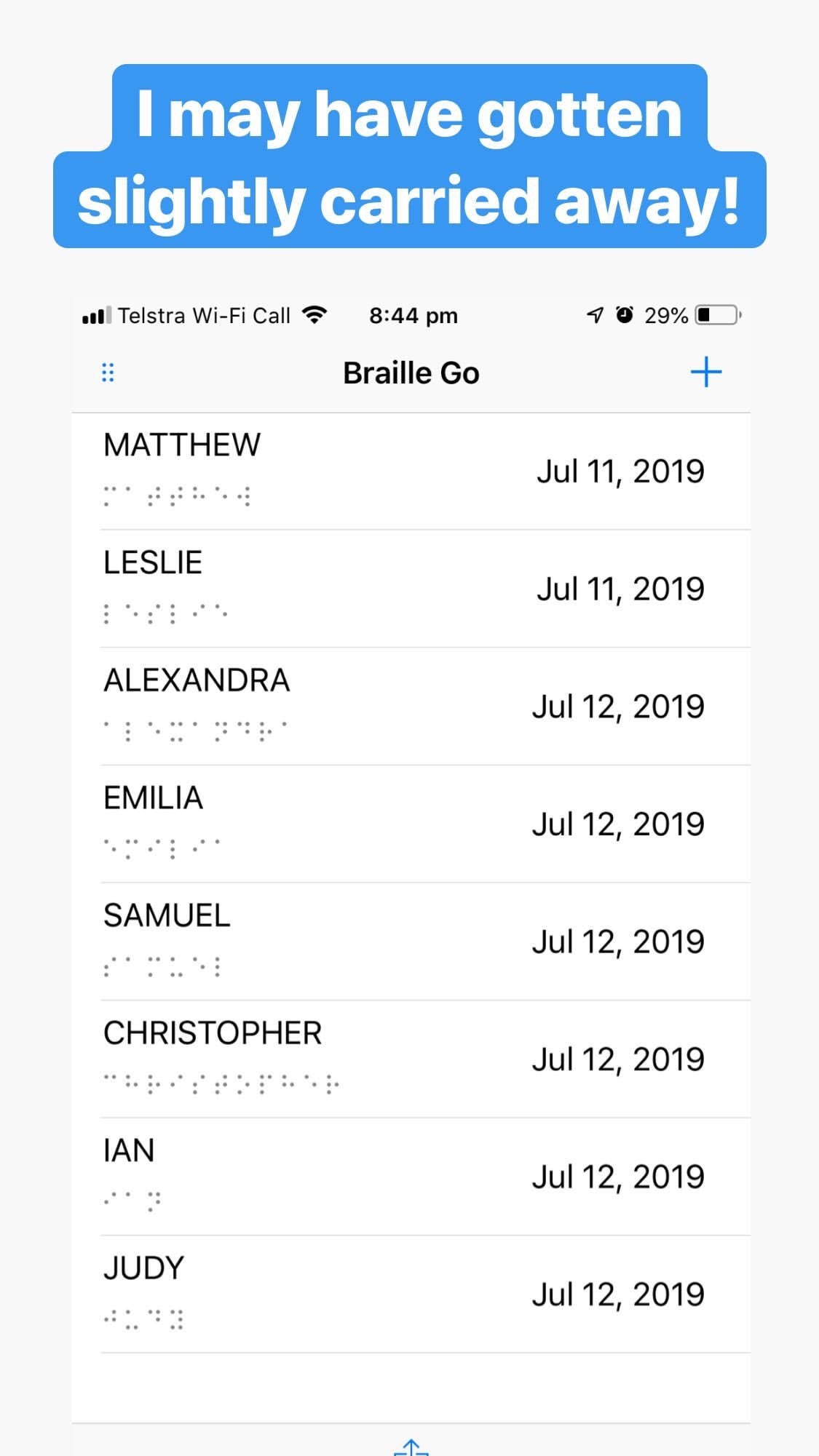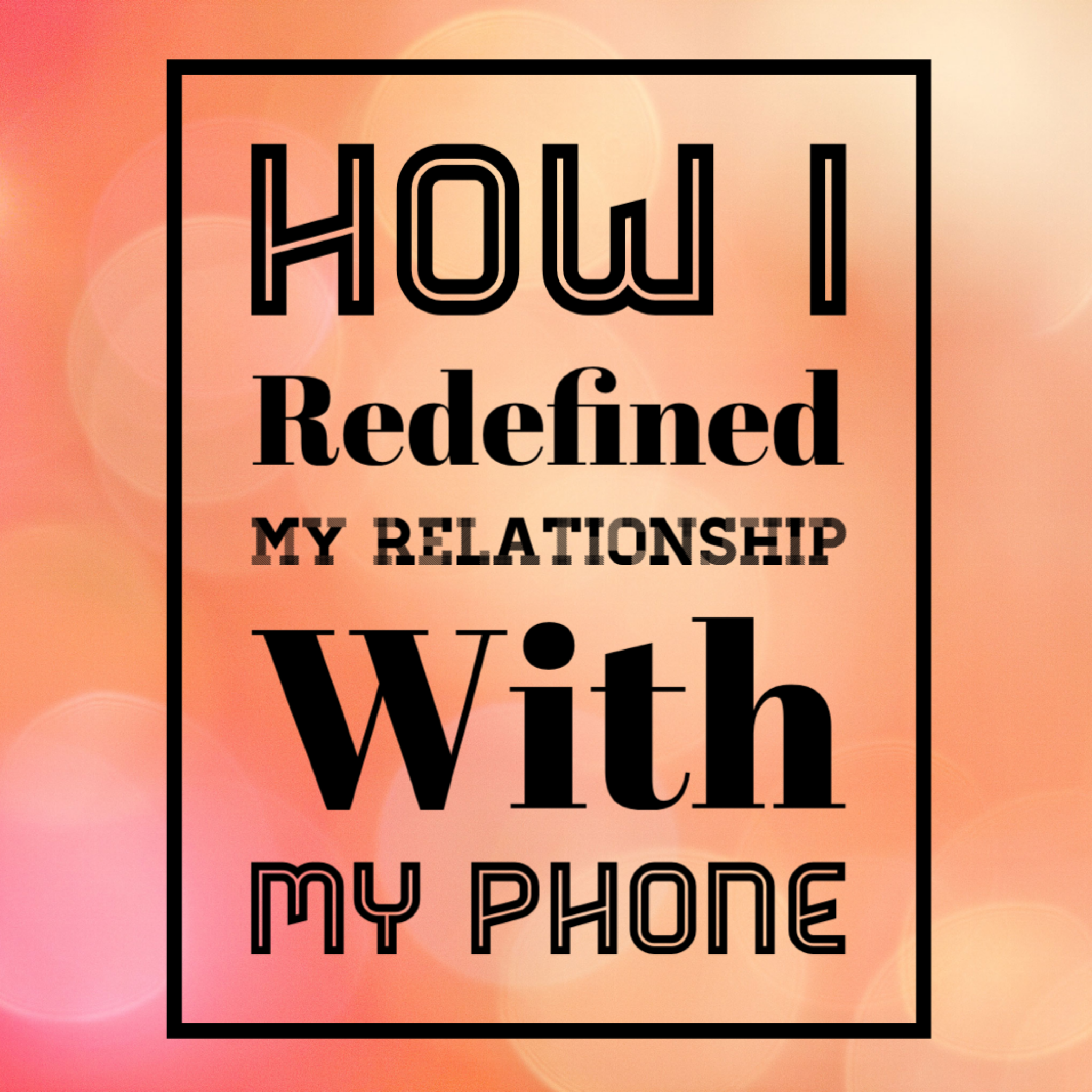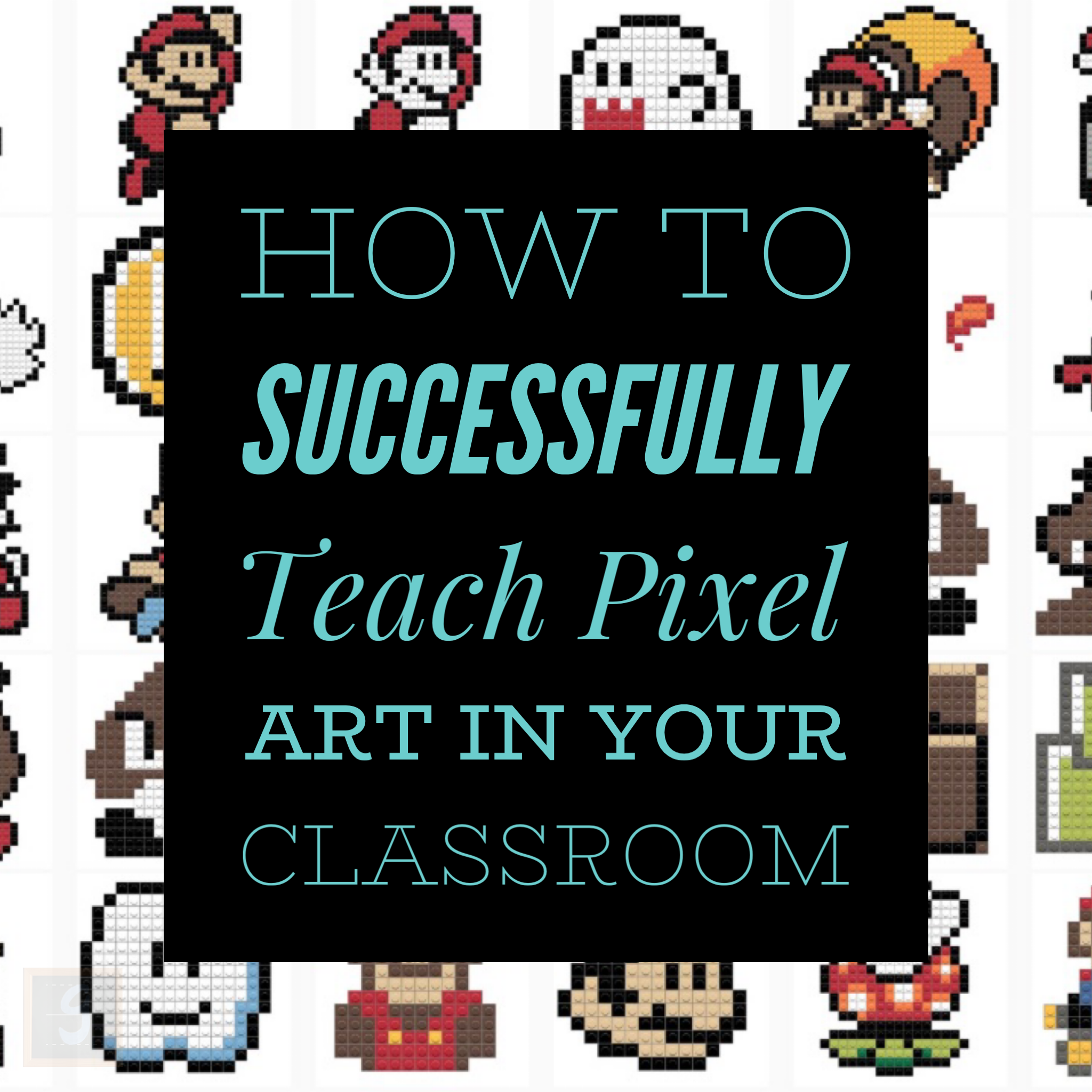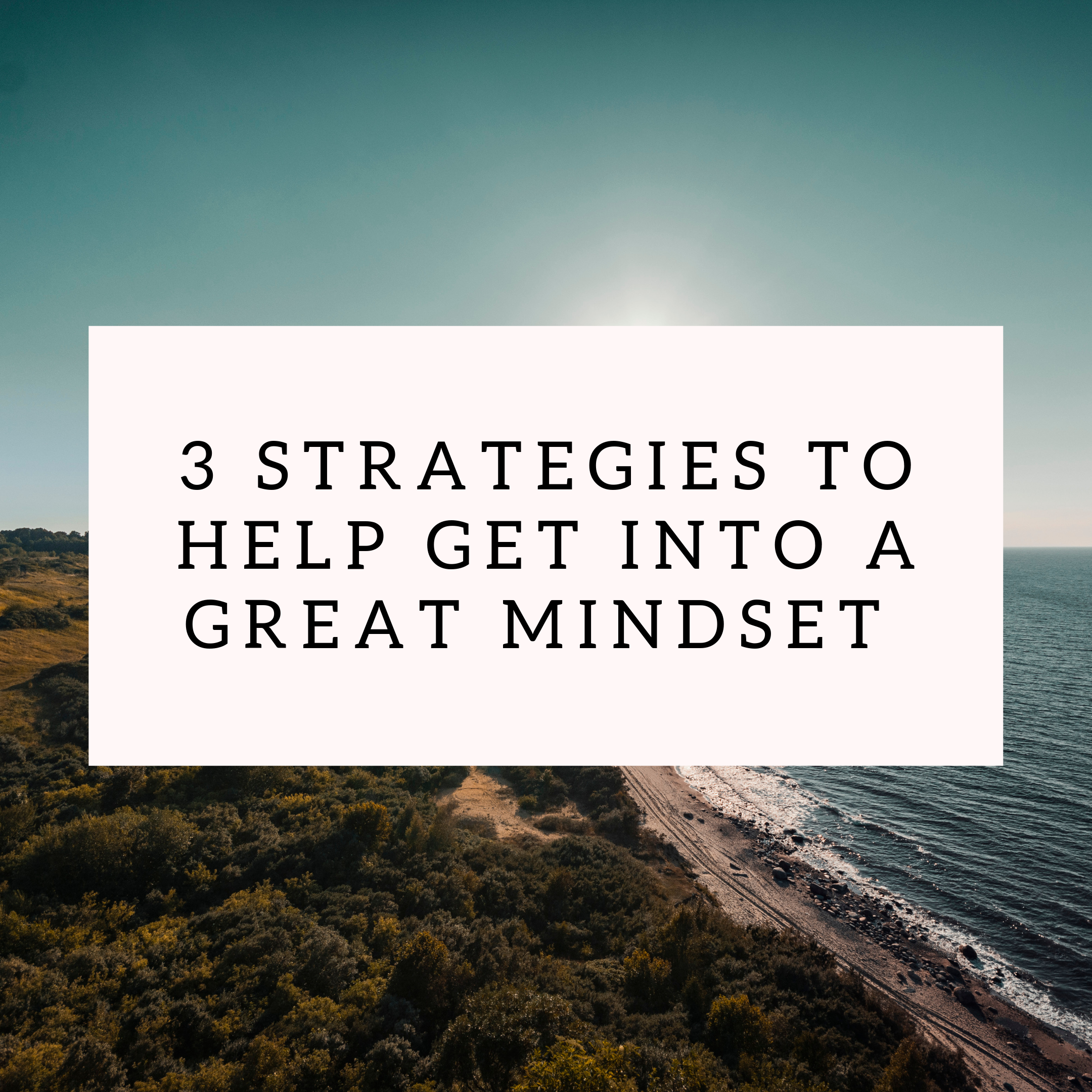There was a newspaper article that caught my attention during the first week of my term two holiday break. The article in question, Lego Is Making Braille Bricks, is self-explanatory; however, it was fascinating to read for another reason. This article details the struggles that some parents go through to access specialised help in order to teach their children how to read Braille. I suggest that you go and read it for yourself after finishing my blog. The main points of the article include:
There is a preference to teach blind and sighted children in mainstream classrooms as part of a policy to offer equal education to children with disabilities
It appears that this policy has created an overreliance on audiobooks, apps and screen readers when teaching blind and sighted children
It is estimated that only 10% of blind children know how to read Braille
10%!
You read that right!
Essentially, assuming these estimates are correct, 90% of all blind and sighted children are illiterate and CANNOT READ! It is absolutely outrageous that 90% of a disabled cohort of students, who are very capable students, cannot read, and if they cannot read then they cannot spell, and if they cannot spell then they cannot write.
Imagine all of these students missing out on the joy of reading.
It seems the struggle to provide the necessary services to teach blind children how to read Braille is not just limited to the US but also Australia. Perth mother Racquelle Hannen-Williams had to fight incredibly hard to get her twin daughters, who suffer from a degenerative condition called optic neuropathy, more tuition time to teach her children how to read Braille.
What we have here is a massive issue about equity for students who are blind and sighted. The common thread amongst both articles is that these children were fortunate enough to have parents who were willing to fight tooth and nail to demand the most basic of services to help their children with reading Braille. It makes you wonder how many other blind children, who don’t have supportive parents, end up missing out on the joy of reading.
It shouldn’t have to be this hard.
WHAT I’VE LEARNT ABOUT BRAILLE
Another thought occurred to me after reading this article.
I didn’t know the meaning of a single Braille cell.
I can speak German at a primary school level, I know many words in multiple languages, I can even make a handful of AUSLAN signs; however, I didn’t know a single letter of the Braille alphabet. To be honest I was quite embarrassed at this unfortunate fact. If I was going to make a difference, then I needed to learn as much as I can about this language system.
So, here is what I learnt after reading through a variety of social media accounts, YouTube channels and other online articles:
A single Braille cell (2 x 3 small rectangular shape) consists of six raised circular etchings
A single cell is large enough for a fingertip to feel what is written down
There are 64 possible combinations with the Braille single cell
There are markings that instruct students when they are no longer reading individual letters but are reading numbers and contractions
The French army used a precursor to Braille in the early 1800s as a way of reading orders at night without using a light source
Blind French teenager, Loius Braille, modified the French army’s Braille code to the single Braille cell system that is universally used today
Blind students write using a Braille Perkins, it’s like a type writer for the blind.
BRAILLE PERKINS
I came across an incredibly funny YouTube channel called ‘The Tommy Edison Experience’. Not only does Tommy do an excellent job detailing how he uses a Braille typewriter, but he also has a range of videos explaining how he goes about his everyday life. I highly suggest that you follow him on YouTube and Instagram.
EXPOSE YOUR STUDENTS TO BRAILLE
I am of the view the Braille is an under appreciated language system that is in dire need of promotion within society and our education system. This term I’ll be doing my part and exposing my students to Braille as part of an ice breaker activity as something I can do to raise the profile of this language system within my sphere of influence.
If you want to make a difference, then I suggest that you consider doing the same as well.
FINAL THOUGHTS
What surprised me about my journey down the Braille ‘rabbit hole’ on Instagram is this. Why haven’t these things, like LEGO Braille bricks, already been implemented. Why hasn’t Google added Braille to one of their translatable languages? Imagine if they actually did this! Imagine how this action would help raise the profile of Braille and make this language system more accessible to everyone. Just because Braille is predominately used by the blind and sighted doesn’t mean it cannot be use by those of us with perfectly functional eyes.
I don’t expect everyone to fluently read Braille but at least knowing more about the language system would be a great start.
IF YOU THINK THIS WEBSITE IS AWESOME THEN PLEASE ...
Bookmark this page.
Follow us on Instagram | @griffin_edu
Like and follow us on Facebook | @griffineducationenterprises
Follow us on Twitter | @Griffin_Edu
Follow us on Pinterest | Griffin Education Enterprises
Join our mailing list down below.
Consider supporting us on Patreon.
And most importantly, share this website with other educators!
